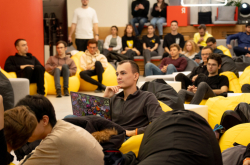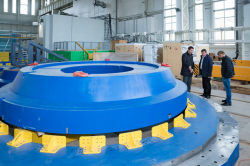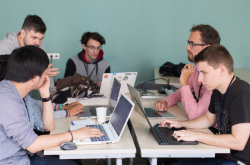The museum itself is the venue for the exhibition: visitors only need to scan QR codes near exhibited objects to access their 3D versions. They can zoom in, rotate the objects, and see details that are not visible when viewing it in reality. On their phones, visitors can now enter the museum’s restricted hall as well. The show is also available online, allowing visitors to explore the center's halls and get to know the artist's work from the comfort of their homes.
The online exhibit includes approximately 50 works in a variety of mediums, including paintings, graphics, and photography. The students also developed unique software to make an AR rendition of the monument Past, Present, and Future.
“The team used scans of the monument from Shemyakin’s mansion in France, which is a significant step for the project from the art and humanities point of view as few experts have seen it in person. I also feel this is the sort of project that will help us understand how the museum setting can be transformed. Though there are many other projects in this field – our students managed to scan an entire museum!” notes Daria Martynova, an associate professor at ITMO's Faculty of Technological Management and Innovations.
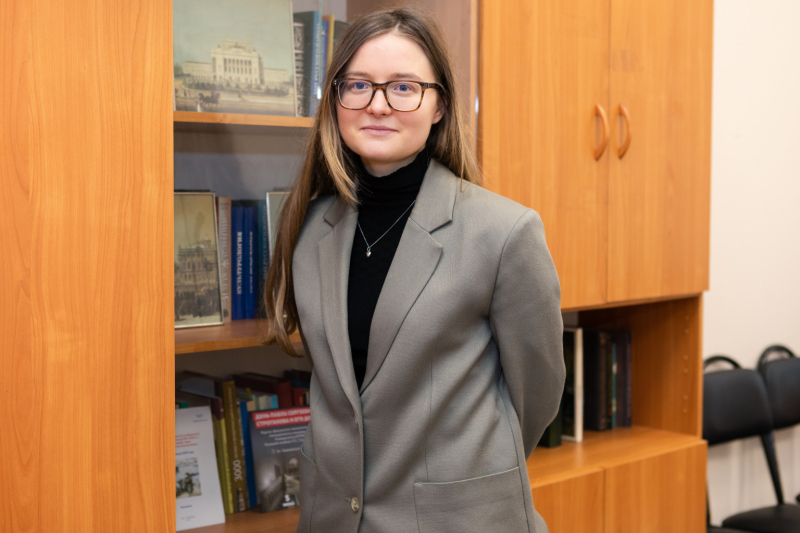
Daria Martynova. Photo by Dmitry Grigoryev / ITMO.NEWS
The team worked on the project as part of their core course in the history of Russian culture. Daria Martynova invited first- and second-year Bachelor’s students to make projects on the topic of Russian culture; thus they not only delved deeper into the topic but also practiced their skills in programming and project development. The students visited the museum and scanned its rooms, even those that were closed, photographed art objects, and worked with scans of sculptures from the artist’s French mansion.
The collaborative project proved to be one of the most sophisticated and large-scale in the course. It required 10 students to scan practically the whole museum and process international data. The exhibition's opening drew almost 200 attendees, including Mikhail Shemyakin himself.
“The best part is, we, as students, had the chance to collaborate with a big-name museum and a renowned artist. In just a few months, we constructed an entire floor of the building based on the plan, decorated it, as well as arranged all the pictures, lights, and descriptions. Afterwards, my colleague Aleksandr Karpov and I provided tech support for the project and fixed all the flaws that arose during the development process,” shares Alexander Yatsuk, an ITMO student and a co-author of the project.
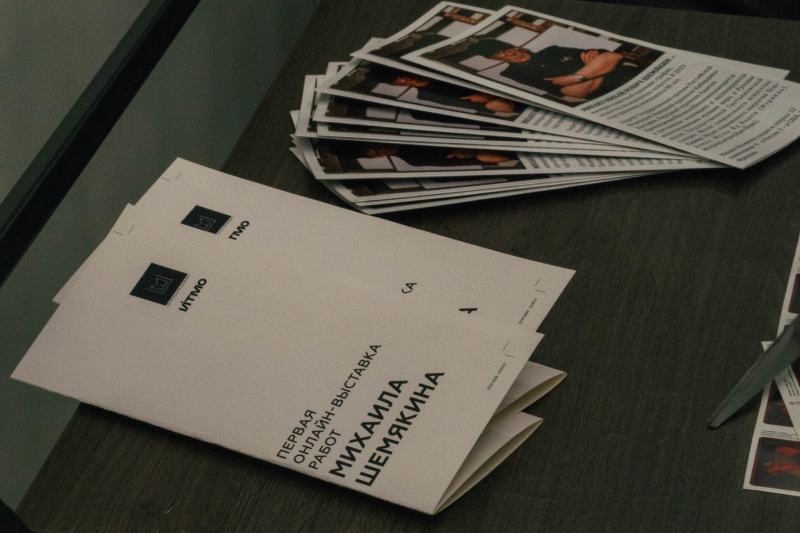
Mikhail Shemyakin: Self-Portraits. Photo courtesy of the exhibition’s organizers
The museum staff, who were unfamiliar with virtual settings, gained new knowledge and experience, as well. Ekaterina Topler, the center's exhibition curator, observed that the student crew put in just as much effort into making the display as the center's experts.
“The team's dedication and professionalism in accurately conveying all proportions, setting the perfect lighting, and creating a custom animated phone to view the exhibits made this one-of-a-kind exhibition possible. What we have is the most accurate and yet elegant and lovely presentation of the artist's works in a brand-new format,” adds Ekaterina Topler.
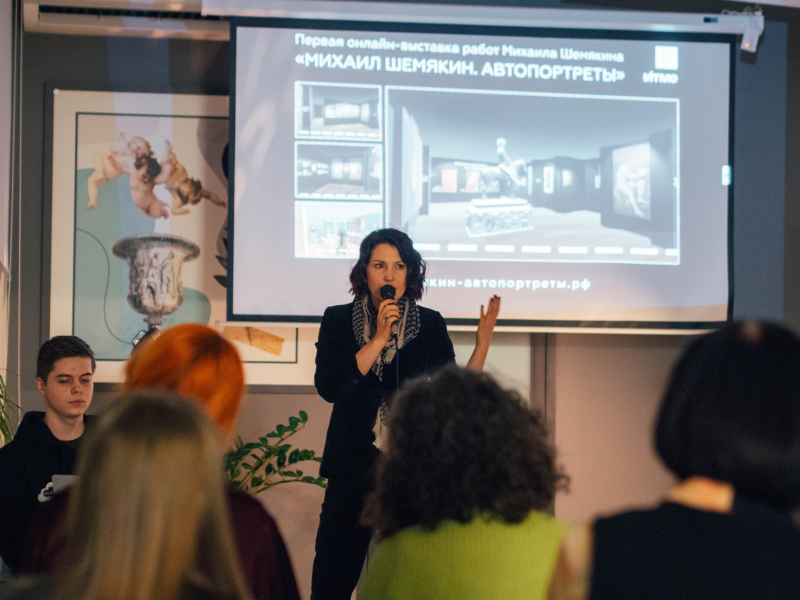
Ekaterina Topler. Photo courtesy of the exhibition’s organizers
In addition, ITMO and the Center of Mikhail Shemyakin signed a collaboration agreement and will continue to work together on future initiatives at the intersection of art and digitalization.


